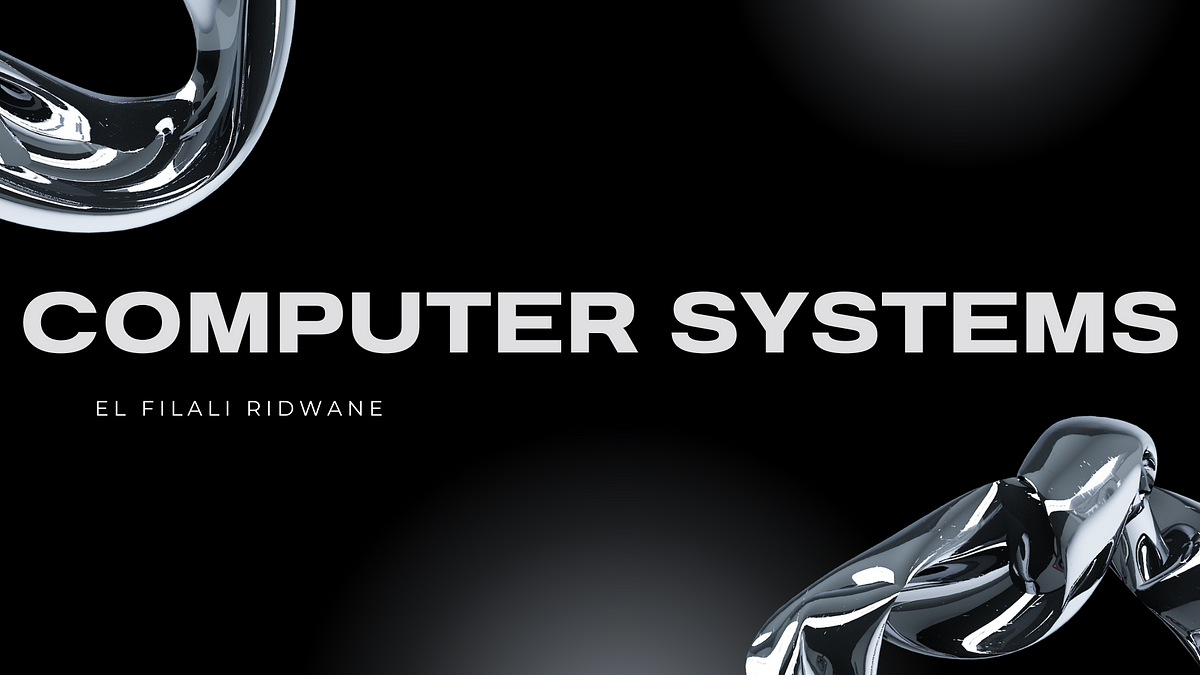Medium
2w
350

Image Credit: Medium
Computer systems
- A program is a code written by a programmer to solve a specific task and goes through a lifetime of steps.
- A simple program like hello.c begins as a source file, represented in bits, and translated into machine language.
- Computer systems consist of components like buses, I/O devices, main memory, and processors.
- A processor executes instructions stored in memory, performs operations, and handles data.
- Programs interact with the OS, which provides services and protects hardware from misuse.
- Processes, threads, and virtual memory play vital roles in system operations and management.
- Concurrency and parallelism speed up systems by executing multiple programs or instructions simultaneously.
- In a unified I/O model, all devices are treated as files, enhancing system portability and usability.
- Amdahl's Law explains the limits of speeding up processes within a system.
- Modern processors support instruction-level and SIMD parallelism to optimize performance.
Read Full Article
21 Likes
For uninterrupted reading, download the app